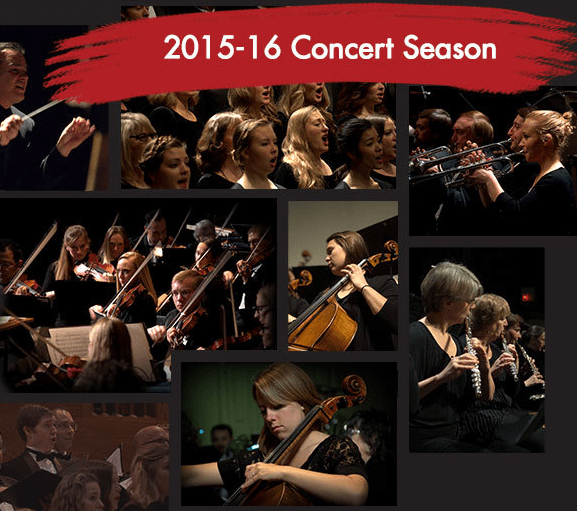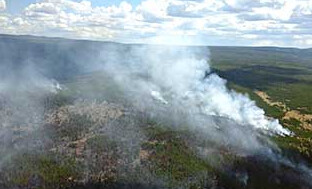Jake TeSelle and Colten Sales are part of a new generation of Montana farmers.

The two grew up together in Bozeman, and both came from multi-generational farming families that grew traditional crops like wheat, alfalfa and barley. Now, with help from Montana State University’s Blackstone LaunchPad and a $38,377 grant from the Montana Department of Agriculture’s Growth Through Agriculture program, they’ve launched a specialty operation growing hops for local microbreweries.
They call their venture Crooked Yard Hops.
In addition, they’ve purchased a mobile harvester—which they say is the first in Montana. They’ll use the mobile harvester for their own crop and will also make it available for other nearby growers.
Crooked Yard began as a one-acre test plot in a back corner of TeSelle’s family’s farm south of Bozeman. It was spring 2015, and TeSelle was a junior mechanical engineering student in the MSU College of Engineering. Sales had just returned home from a tour of duty with the U.S. Army in Afghanistan.
That fall they harvested 20 pounds of hops and got a positive response on the samples they gave to local breweries. TeSelle and Sales said they were on to something, but they weren’t sure what to do next. A visit to MSU’s Blackstone LaunchPad sent them in the right direction.
LaunchPad Director Les Craig said he saw potential.

“They were ambitious, driven, smart, and they were clearly pursuing their passions,” he said. “It’s that entrepreneurial fabric.”
Craig said he helped with business structure, pointed them toward the state grant and pushed them to make a strategic plan.
“Instead of saying, ‘We need to plant 10 acres,’ actually saying, ‘What’s the most prudent growth strategy to step into this, and how do you balance that with your ability to put the financing together?’” Craig said.
Basically, TeSelle says, “He poured jet fuel on our business.”
As of late July 2016, the hop bines at Crooked Yard were 15 feet tall. With help from the grant, TeSelle and Sales planted six acres. They expect to harvest 200-300 pounds this year, and next year around 4,000. Bridger Brewing has already spoken for this year’s entire crop. TeSelle and Sales also plan to purchase processing equipment, allowing them to bring hops straight from farm to beer.
While hops can flourish in Montana, growing them is not without risk, TeSelle noted. With up to 20,000 pounds of organic matter per acre, a hops trellis essentially acts like a giant green sail and is at risk of being blown over by the wind, explained Tom Britz, chairman of the National Small Growers Council for Hop Growers of America and owner of Glacier Hops Ranch in Kalispell.
That’s where TeSelle’s engineering degree comes into play.
Instead of using a heavy cable and maximizing the cable width like many farmers, which adds to an already top-heavy system, Crooked Yard chose to use a smaller, high-weave cable with a tensile loading strength of 5,000 pounds—which is still more than twice what TeSelle said they’ll need. And when their rocky ground wouldn’t accept the usual blunt trellis posts, they used five-foot driver posts with 13-foot two-by-fours bolted atop them.
“With 40 plants per row, we had to [calculate] how much force that will put on the bolts, the cable and the anchors,” TeSelle said. “It’s just a big mechanics problem.”
TeSelle added that Crooked Yard Hops would like to help other interested growers through sharing information, providing tours and other means.
“We found when we got started that there was not a lot of readily available information, but we have made a lot of fantastic contacts and learned a lot, and we would love to pass all that on,” TeSelle said.
Crooked Yard is an example of the innovative thinking the MSU College of Engineering works to encourage, said Brett Gunnink, dean of the college.
“[We want] engineering students to gain teamwork experience with non-engineers and think about non-traditional engineering applications, but also to think about engineering as an entrepreneurial, innovative activity—whether that is development of a truly new product, or in the case of Jake, seeing how he can tweak his engineering skills and combine them with his family background in farming and create new industry in Montana.”





 Nominations can be submitted online at
Nominations can be submitted online at 



News Comments
Finally, art students need these amenities for graphic designing and essay writing.
8 Essential Factors to Consider Before Joining College
bupole
Wednesday, Dec. 11, 2024
Thank you
Open Auditions for Annie
Monday, Sep. 16, 2024
I’m at the Bozeman airport where your painting, “Blowing East” is displayed. It’s absolutely gorgeous! Bravo, Marci!!
The Artists’ Gallery in Bozeman’s Emerson Cultural Center May Exhibits
Sunday, Jun. 30, 2024
This is so typical of a sign in, which we should not have to do to check if we or some one in our party got a permit. I have been working or "creating an account" for 30 minutes and just get the same ...
Smith River permit drawing results available
Sunday, Mar. 10, 2024